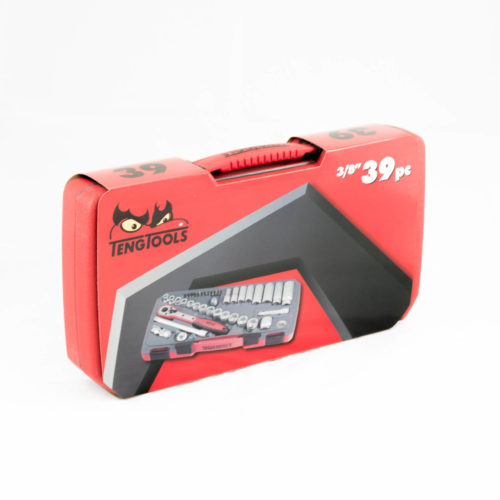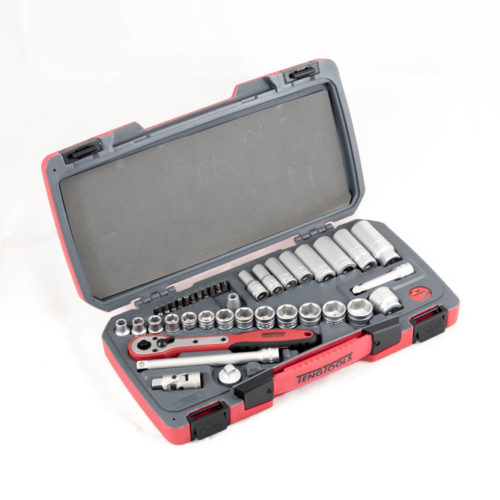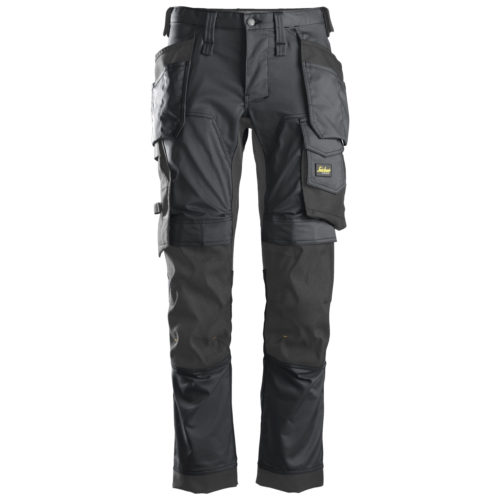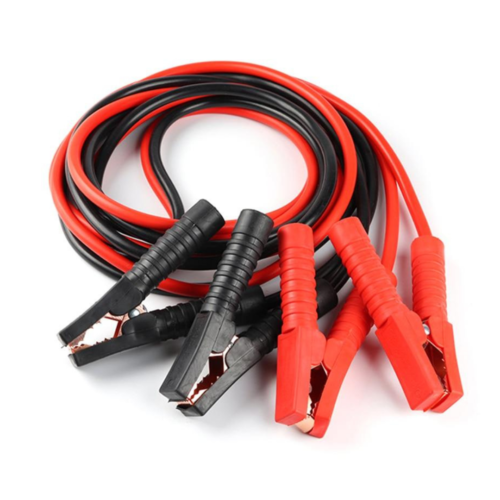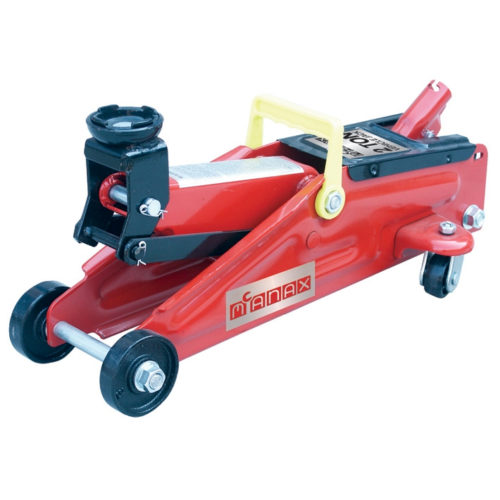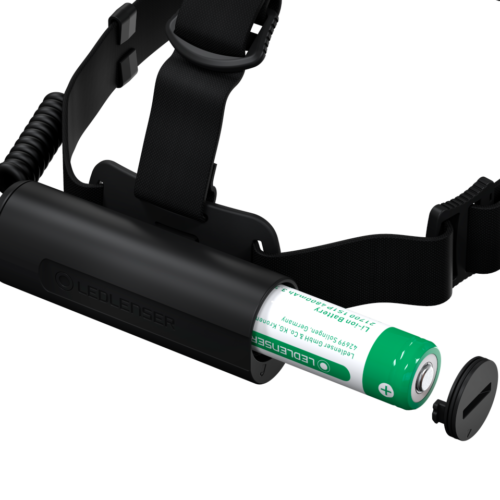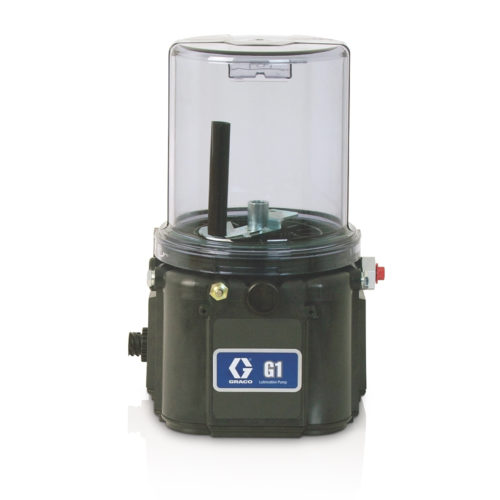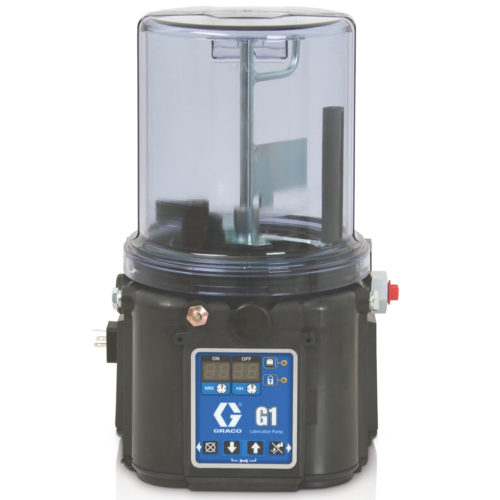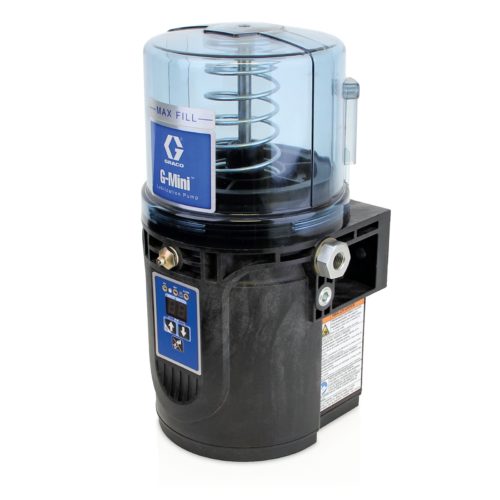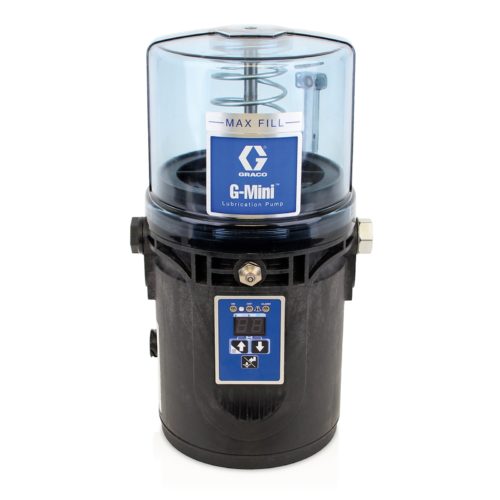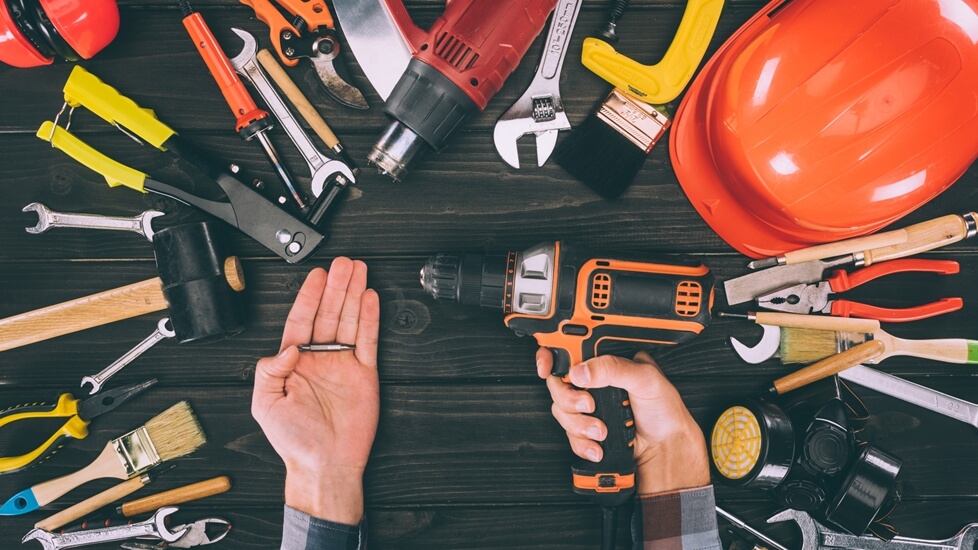Tools, Uncategorized
Safety First: The Importance of Regular Tool Inspections
Safety in the workplace is always of primary concern. Whether mandated by law or just common sense, employers and employees need to be aware of the dangers associated with each job and how to effectively mitigate them.
One of the inherent dangers that can be present in any working environment at any time is faulty or neglected tools. These seemingly innocuous items, when overlooked, can become ticking time bombs, leading to accidents, injuries, and even fatalities.
Regular tool inspections should be considered a critical safety step in any safe and productive worksite.
Neglecting Tool Inspections: Problems and Risks
It is easy to overlook the importance of tool inspections – until you understand the problems and risks that can result. Damaged, worn, or corroded tools not only present dangers to workforces but also reduce productivity and increase costs.
Here are a few of the risks associated with neglecting tool inspections:
- Accidents and Injuries: Faulty tools can lead to unexpected malfunctions, causing injuries to the user or those nearby.
- Equipment Damage: A compromised tool can damage the equipment it’s used on, leading to expensive repairs or replacements.
- Decreased Work Quality: Tools that aren’t in top condition can produce subpar work, affecting the overall quality and reputation of the job.
- Increased Downtime: Tools that break down or malfunction can halt operations, leading to delays and missed deadlines.
- Legal and Compliance Issues: Failing to maintain tools can result in violations of health and safety regulations, potentially leading to fines or legal actions.
- Higher Maintenance Costs: Addressing tool issues only when they break down can be more costly than regular maintenance and inspections.
Tool maintenance and inspections might not seem that important until you take the potential consequences into account.
Benefits of Regular Tool Inspections
Regular tool inspections might seem like just another chore that keeps you from doing “proper work”. In reality, the opposite is more likely to be true. While safety aspects are usually the number one reason and benefit of regular tool inspections, there are plenty of other benefits to consider, including:
- Prolonged Tool Lifespan: Regularly inspected tools tend to last longer, as minor issues can be addressed before they escalate.
- Optimal Performance: Tools that are in good condition perform at their best, ensuring efficiency and precision in tasks.
- Cost Savings: Detecting and rectifying issues early on can prevent expensive tool replacements and reduce the need for emergency repairs.
- Reduced Downtime: With tools in top condition, there’s less chance of unexpected breakdowns, ensuring smoother operations.
- Enhanced Reputation: Companies known for their meticulous maintenance practices are often viewed as more professional and reliable by clients and partners.
- Compliance Assurance: Regular inspections ensure that tools and equipment meet industry standards and regulations, avoiding potential legal complications.
- Increased Worker Morale: Employees feel more confident and motivated when using well-maintained tools, knowing that their safety is a priority.
By recognising and acting on these benefits, businesses can ensure a safer, more efficient, and more productive work environment.
What to Look for During Inspections and How Often Should I Inspect Them
What you are looking for depends on the type of tool. Inspecting a hammer is going to need a different approach than inspecting a grinder is an extreme example of this. However, some factors apply to all tools.
Here are some of the key points to remember when inspecting tools:
- Visible Damage: Check for cracks, corrosion, or any signs of wear.
- Functional Issues: Test the tool to ensure it operates smoothly without any hitches.
- Loose Components: Ensure all parts are secure, especially for tools with multiple components.
- Unusual Noises: Listen for any irregular sounds that might indicate internal damage.
- Electrical Tools: Examine cords for fraying and ensure proper insulation. Test safety switches and grounding. It is worth noting that most electrical tools will require regular PAT testing by law in Ireland.
- Sharpness: For cutting tools, ensure blades or edges are sharp and free from nicks.
Regular inspection of tools should be part of any safety culture, but just how regular is regular when it comes to inspecting tools?
How Often Should Tools be Inspected?
Or how long is a piece of string? Again, this varies depending on factors like usage frequency and the type of tool in question. However, the first thing to point out is a quick visual once-over only takes a few seconds and can be part of a daily routine without any inconvenience.
For less frequently used tools, once a month is recommended, but remember to always refer to manufacturer recommendations and industry-specific standards, as some tools may require more frequent checks.
Regular Tool Inspections: A Simple Way to Improve Safety in the Workplace
Just a quick few seconds in the morning checking the tools you need for the day’s work can save you time, money, and in some cases, your health. Quality tools that are well-maintained and safe to use are essential components of any task.
At HLS, we pride ourselves on providing the highest-quality power tools at competitive prices. Should your tools ever fall short during an inspection, HLS stands ready to assist, ensuring you always have access to top-quality equipment that meets the highest safety standards.

